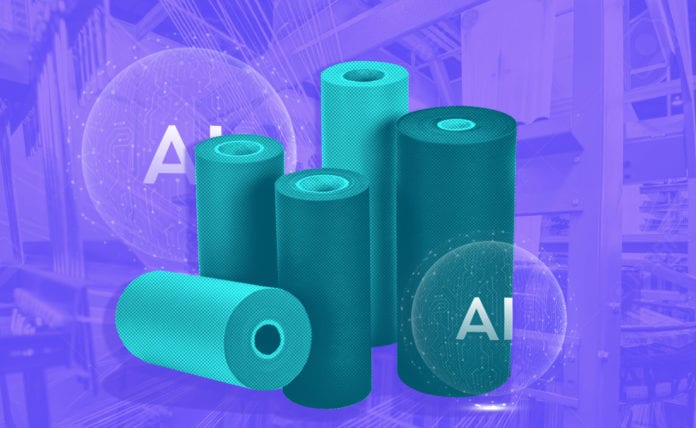- Controlled permeability/porosity
- Dimensional stability
- Low elongation (unlike knitted products)
- High tensile strength in both directions
- High burst strength
- High suture retention strength
- High abrasion and friction resistance
The FDA classifies medical devices as Class I, Class II, and Class III by the risks to the patient and/or the user and the intended use of the device. Those with high risk, classified as Class III, usually sustain or support life, are implanted, or present a potential unreasonable risk of illness or injury. Examples are implantable pacemakers, stents, and vascular grafts. Many of these biomedical textile structures’ characteristics are prerequisites for use in implanted applications. Without high abrasion and friction resistance, for example, wear from internal movement could lead to malfunction and failure. Other characteristics deliver particular benefits to particular uses, such as high burst strength for vascular implants.
Of course, medical technology has evolved substantially since BRM’s first graft was woven. Today, BRM offers a range of constructions and fibers to deliver a wide range of characteristics to meet consumer demands.
Loom and Weaving Technology
BRM’s biomedical textile structures are made by weaving. Although BRM operates many different types of looms, all medical products are produced with shuttle looms. These looms use a boat-shaped device to carry filling (horizontal) yarns across the vertical yarns. This technique enables BRM to create perfect tubes, bifurcate tubes, tapered or flared tubes, and biomedical structures of special shapes.
Advancements in shuttle loom technology include the incorporation of electronic components and jacquard capabilities (a system of weaving that utilizes a highly versatile pattern mechanism to permit the production of large, intricate designs and shapes). Recently, BRM has updated its biomedical weaving capabilities with an automated shuttle loom with multiple shuttles. With this capacity, BRM experts can make bifurcate grafts without any hole at the crotch and use more than one filling if needed in the same graft. BRM’s design teams have the necessary backgrounds and experience to skillfully design, engineer, and develop biomedical structures as per customer needs and performance criteria.
Yarn and Material Technologies
Absorbability is key for some biomedical structure applications, but for others, non-absorbability is just as critical. The fiber material is the primary factor determining this and other capabilities.







